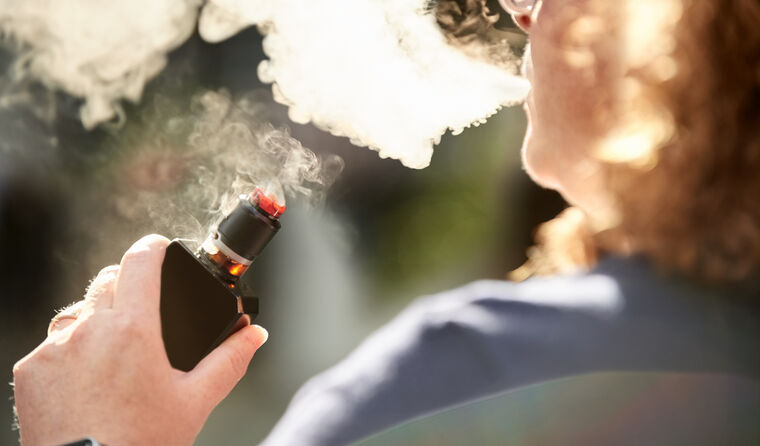In recent years, the world has witnessed a significant rise in the popularity of Cake Disposables Vaps, a trend that has swiftly captured the attention of both enthusiasts and critics alike. Vaping, or the act of inhaling and exhaling vapor produced by electronic cigarettes or similar devices, has emerged as a controversial topic with far-reaching implications for public health and personal choices. While proponents tout vaping as a less harmful alternative to traditional smoking and a potential tool for smoking cessation, opponents express concerns about its long-term effects, particularly on young individuals who might be drawn to its allure.
Proponents of vaping often highlight its potential benefits over traditional smoking. Electronic cigarettes are designed to deliver nicotine without the harmful tar and combustion products found in combustible tobacco products, potentially reducing the risks associated with smoking-related diseases. Vaping also provides a customizable experience, allowing users to choose nicotine levels and flavors, which can be particularly appealing to smokers attempting to quit. The vaping industry has capitalized on this by promoting itself as a harm reduction tool, targeting smokers looking for a way to transition away from their habit.
However, the rapid proliferation of vaping has led to a range of concerns, particularly among health professionals and regulatory bodies. One of the major concerns is the attractiveness of vaping to adolescents and young adults. The enticing flavors and sleek designs of vaping devices have contributed to a rise in underage use, prompting fears of nicotine addiction and potential gateway to cigarette smoking. Additionally, the long-term health effects of inhaling vaporized chemicals found in e-liquids are still not fully understood, raising questions about the safety of vaping in the absence of comprehensive research.
Furthermore, the lack of stringent regulations and quality control within the vaping industry has led to inconsistent product standards. Reports of defective devices, contaminated e-liquids, and even explosions have raised alarms about consumer safety. To address these concerns, various countries have implemented measures to regulate advertising, restrict sales to minors, and impose stricter manufacturing guidelines. However, the fast-paced evolution of vaping products and the constant emergence of new compounds continue to challenge regulatory efforts.
